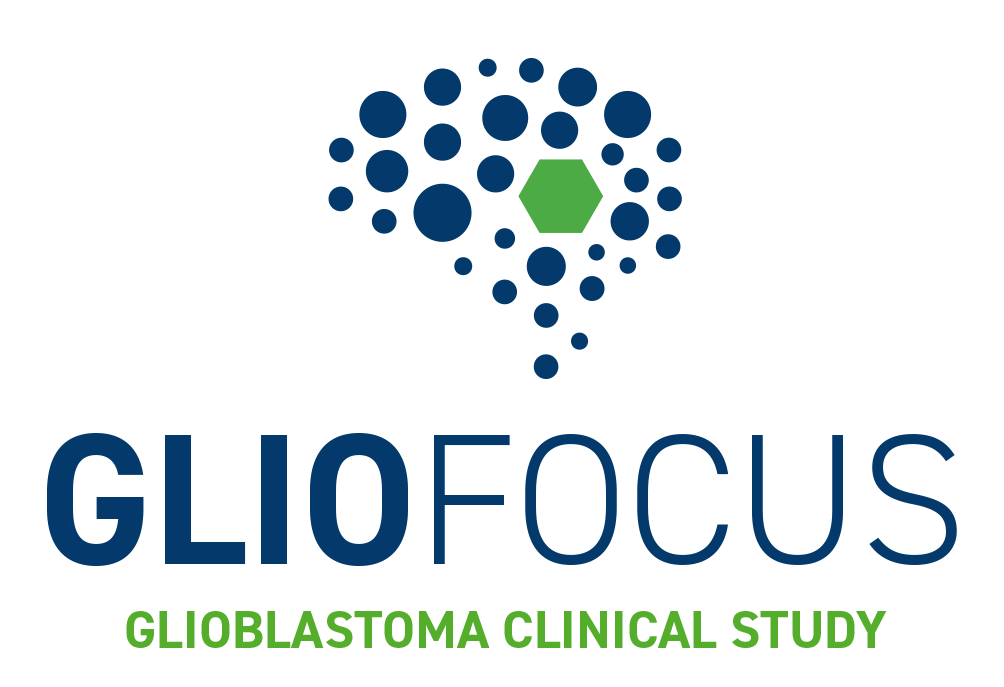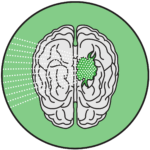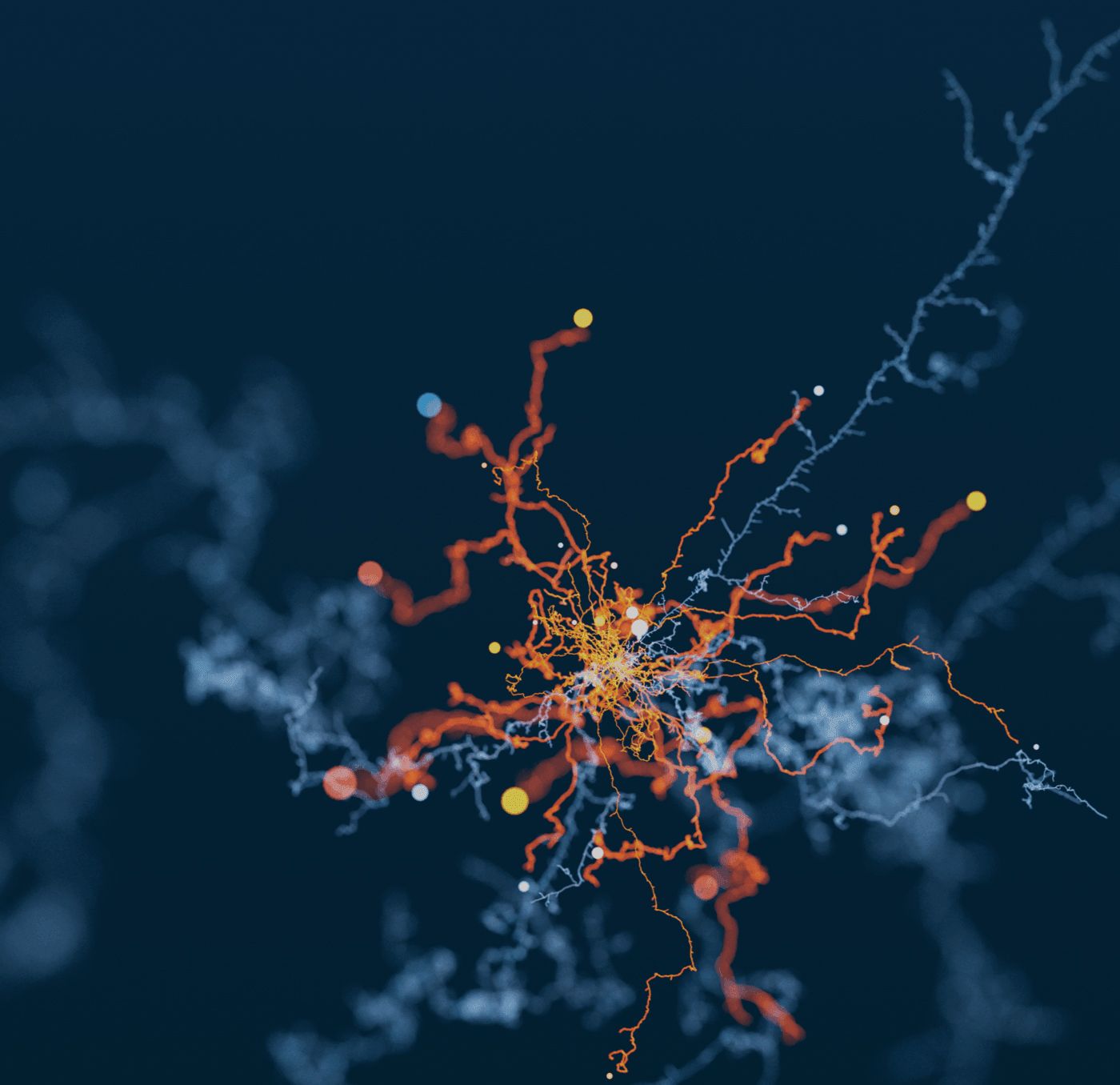
Gliofocus – Glioblastoma Clinical Study
Let’s bridge the gap to targeted therapy
We are seeking volunteers who have been recently diagnosed with glioblastoma (a common type of brain cancer). Despite advances in medical treatments, there is still no cure for glioblastoma. Clinical trials are vital in developing new treatments and therapies for glioblastoma patients.
The Gliofocus Study is a global, open-label, randomized Phase 3 clinical trial sponsored by the Ivy Brain Tumor Center that will compare the efficacy of niraparib, a PARP1/2-selective inhibitor, versus temozolomide in adult patients with newly diagnosed MGMT unmethylated glioblastoma.
The main questions it aims to answer are:
- Does niraparib improve progression-free survival (PFS) compared to temozolomide?
- Does niraparib improve overall survival (OS) compared to temozolomide?
An Institutional Review Board (IRB)/Ethics Committee (EC) has reviewed this study. An IRB/EC protects the rights, safety, and well-being of study participants.
Niraparib medication on the Gliofocus Study will be provided at no cost.
Gliofocus Study Summary
Recruiting
Phase 3
- Niraparib
- Temozolomide
Glioblastoma
450 Participants
Ivy Brain Tumor Center
GlaxoSmithKline (GSK)

Study Design
Participants will be randomly assigned to one of two treatment arms:
- Niraparib
- Temozolomide – the standard of care chemotherapy approved to treat MGMT unmethylated glioblastoma.
If you decide to take part, you will:
- take either niraparib or temozolomide by mouth as instructed
- receive standard radiotherapy
- visit the study center regularly for study tests and assessments
- be followed up for 30 days after the last dose of the study or comparator drug and up to 5 years in a long-term follow-up period.
The length of your participation will depend on how the cancer responds. You may be in the Gliofocus Study for around 6 years.

Screening Period
(up to 4 weeks)
You will visit the study center to see if the study is suitable for you and whether you want to take part.

Study treatment during radiation
(about 6 or 7 weeks)
You will:
- take the niraparib or temozolomide drug by mouth
- receive radiotherapy 5 days per week
- visit the study center every week for study assessments.

Study treatment after radiation
(28-day treatment cycles)
You will take the same drug you took during the radiation period at the same dose:
- by mouth
- for as long as your cancer does not get worse (if you take the niraparib or temozolomide)
- for up to 6 cycles (if you take temozolomide).
You will visit the study center for study assessments at least once per cycle.

End of treatment period
(about 1 month)
You will have two visits for study assessments about 7 days after and 30 days after your last dose of niraparib or last cycle of temozolomide.

Long-term follow-up period
(up to 5 years)
You will visit the study center, or the study team will contact you by phone or letter every 2 or 3 months for assessments and to see how you are doing.
Enrollment
The Gliofocus Study is expected to enroll 450 participants at more than 100 medical centers worldwide. Please contact a Gliofocus Center if you would like to participate.
participants worldwide
Eligibility Criteria
You or someone you care for may be able to take part if you/they:
- are 18 years of age or older
- have been diagnosed with glioblastoma
- have not received treatment for glioblastoma other than surgery to remove the tumor.
Other criteria apply. For the complete list of eligibility criteria, please visit ClinicalTrials.gov.
Gliofocus Centers
FAQ
What is the objective of the study?
The study’s primary objective is to test whether niraparib, compared to temozolomide, significantly extends progression-free survival and overall survival in participants with newly diagnosed MGMT unmethylated glioblastoma.
How can someone take part in the Gliofocus Study?
Please contact the Gliofocus Center closest to you. If you need assistance reaching a Gliofocus Center, you may also contact the Ivy Brain Tumor Center, the trial sponsor.
What are the basic eligibility criteria for this study?
To be a candidate for this study, participants must have newly diagnosed glioblastoma with unmethylated MGMT promoter and no other treatment other than surgery. For the complete list of eligibility criteria, please visit ClinicalTrials.gov.
What is a PARP inhibitor?
PARP, short for poly ADP ribose polymerase, is a protein that helps cells survive when their DNA gets damaged. When we stop PARP from working (inhibit), it prevents cells from fixing their DNA and makes radiation therapy damage the DNA even more.
What led to the advancement of niraparib to a Phase 3 clinical trial?
The decision to accelerate the clinical development of niraparib in glioblastoma patients was prompted by positive results from a Phase 0/2 clinical trial conducted by the Ivy Brain Tumor Center. The study provided biological and clinical data identifying niraparib as a promising drug that could potentially improve radiation therapy.
What is a clinical research study?
A clinical research study is a medical study that helps to answer important questions about a study drug. We use these studies to find better ways to identify, diagnose, and treat cancer. Our goal is to improve outcomes for people with glioblastoma, now and in the future.
Why do people take part in clinical trials?
Some join clinical trials to help medical research and find better treatments for patients. Others hope to receive investigational medications, devices, or procedures if their regular treatment isn’t working. However, there is no guarantee that the trial medication will work.
It is important that all kinds of people are represented in clinical trials. This is because certain conditions and medications may affect people differently based on their age, sex, race/ethnicity, and genes.
About Niraparib
The drug, niraparib, is an oral, once-daily PARP inhibitor with current indications in first-line maintenance for advanced ovarian cancer. Niraparib is a potent and selective inhibitor of PARP1 and PARP2, two nuclear enzymes that play a key role in DNA repair.
Clinical data suggest that niraparib is uniquely suited to treat newly diagnosed MGMT unmethylated glioblastoma. In a Phase 0/2 clinical trial, niraparib demonstrated best-in-class tumor pharmacokinetics and pharmacodynamics effects in newly diagnosed glioblastoma patients. The drug showed significant results in reaching the tumor and changing how the cancer grew.

Published Research
Below are links to publications and presentations on previous research on the study drug in glioblastoma.
2024 ASCO Annual Meeting Abstract
Niraparib efficacy in patients with newly diagnosed glioblastoma: Clinical readout of a phase 0/2 ‘trigger’ trial
2023 SNO Annual Meeting Abstract
A phase 0/2 ‘trigger’ trial of niraparib in patients with newly diagnosed glioblastoma
2023 EANO Annual Meeting Abstract
A phase 2 study of niraparib concomitant with tumor treating fields in patients with recurrent high-grade glioma
2023 ASCO Annual Meeting Abstract
A phase 0/2 trigger trial of niraparib in patients with newly diagnosed glioblastoma
2022 SNO Annual Meeting Abstract
A phase 0 ‘trigger’ trial of niraparib in newly diagnosed glioblastoma patients
2022 SNO Annual Meeting Abstract
A study of niraparib combined with radiotherapy in patients with recurrent glioblastoma
For Investigators
If you are an investigator or represent a clinical research site interested in joining this study, please email [email protected].
Medically Reviewed by: Nader Sanai, MD
